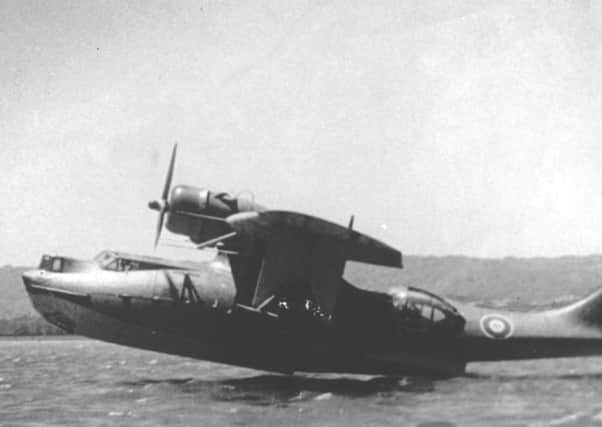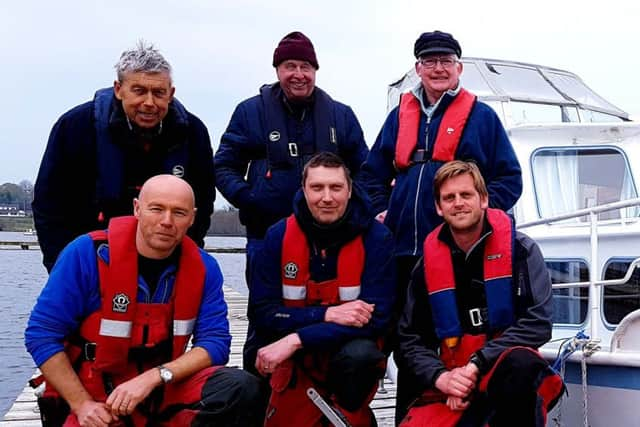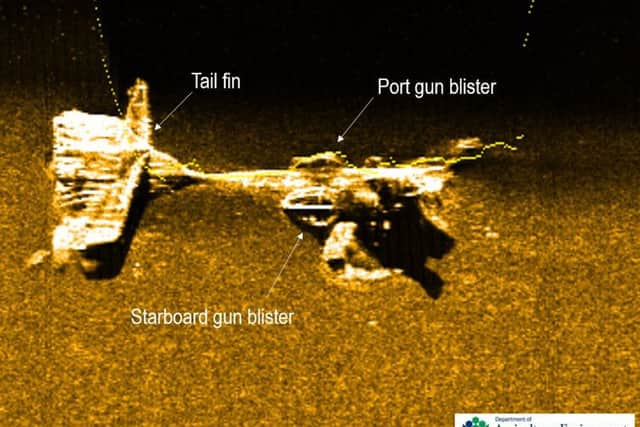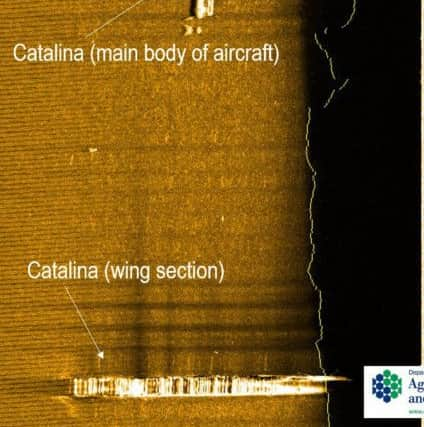WWII plane discovery in Lower Lough Erne


Archeologists are proceeding with care after confirming that a American Catalina aircraft is lying at a depth of around 45 metres in Lower Lough Erne.
Between 1941 and 1945 RAF Castle Archdale in Co Fermanagh played an important role as a flying boat base which provided air-cover for Atlantic convoys.
Advertisement
Hide AdAdvertisement
Hide AdThe site was initially surveyed by members of the Charts Special Interest Group (CSIG) in 2018 during which they reported an anomaly that they thought to be a WWII aircraft, probably a Catalina.


Following discussions with DAERA’s maritime archaeologist Rory McNeary, it was decided to undertake a sonar survey to clarify the nature of the anomaly.
Using their specialist survey expertise, members of The Department of Agriculture, Environment and Rural Affairs’ (DAERA) Marine and Fisheries Division recently collaborated with archaeologists from The Department for Communities’ (DfC) Historic Environment Division and members of Inland Waterways Association of Ireland’s Charts Special Interest Group (CSIG) to locate the plane.
Mr McNeary said: “We are grateful to Robert Navan and Mike Kingston of CSIG for bringing the remains of this Catalina to light.
Advertisement
Hide AdAdvertisement
Hide Ad“Had the site not been reported a unique underwater heritage asset would have been overlooked.


“Studying the seaplane will be of immense interest to professional and amateur historians alike.”
A survey of the area on April 8 this year by Marine and Fisheries Division staff using a side scan sonar confirmed the identification of the Catalina aircraft.
Rather than a scuttled plane the survey team believe this site may be a crash site and a potential war grave.
Advertisement
Hide AdAdvertisement
Hide AdFor this reason the plane is automatically protected under the Protection of Military Remains Act (PMRA) 1986. Under this act it is an offence to tamper with, damage, move, or unearth any remains without a licence.


Mr McNeary said: “Given that there is still the possibility of human remains and unexploded ordnance being found at the site we would ask people to fully recognise its protected status.
“I have no doubt that there are more exciting underwater archaeological discoveries to be made in Lough Erne.”